Home>Gardening & Outdoor>Outdoor Entertaining>What Do You Do With Ashes From A Fire Pit
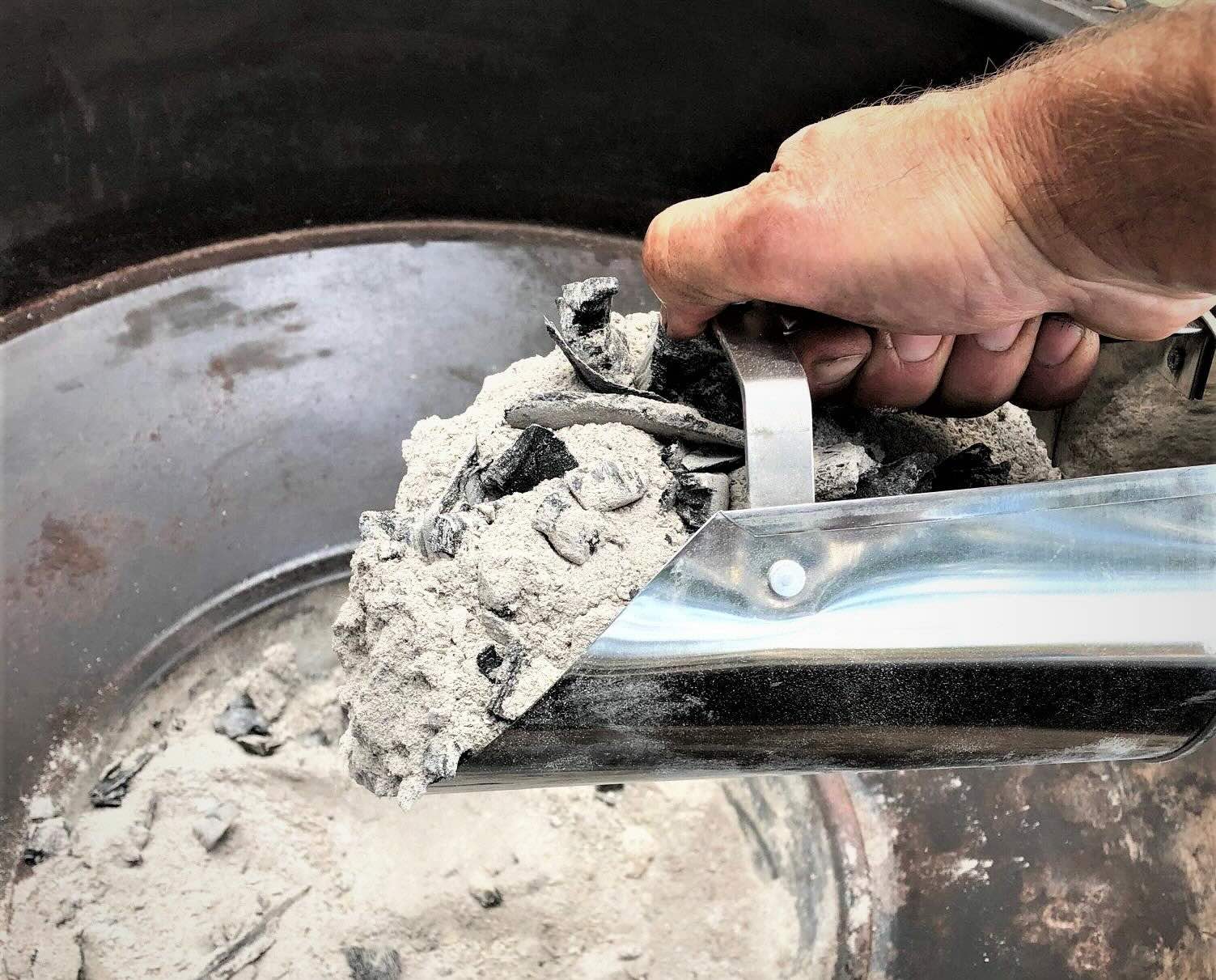

Outdoor Entertaining
What Do You Do With Ashes From A Fire Pit
Modified: March 2, 2024
Discover creative ways to repurpose ashes from your outdoor entertaining fire pit. Find useful tips for reusing ashes in your garden and home.
(Many of the links in this article redirect to a specific reviewed product. Your purchase of these products through affiliate links helps to generate commission for Storables.com, at no extra cost. Learn more)
Introduction
So, you've had a fantastic evening gathered around the fire pit, enjoying the warmth and ambiance it brings to your outdoor space. As the embers fade and the night comes to a close, you're left with a pile of ashes. Now, you might be wondering, "What do you do with ashes from a fire pit?"
The answer might surprise you. While it's tempting to simply dispose of the ashes and move on, there are actually several practical and eco-friendly ways to put them to good use. From enriching your garden soil to tackling household cleaning tasks, those ashes can find a new purpose beyond just being the remnants of a cozy evening.
In this article, we'll explore the various considerations to keep in mind before disposing of ashes, as well as creative and resourceful ways to give them a second life. Whether you're a seasoned outdoor enthusiast or someone new to the world of fire pits, you'll discover valuable insights on how to make the most of this often overlooked byproduct of outdoor entertaining. So, let's dive in and uncover the possibilities that lie within those seemingly mundane ashes.
Key Takeaways:
- Don’t toss fire pit ashes! They can be used for gardening, cleaning, and even as ice traction. Get creative and repurpose them for a sustainable outdoor lifestyle.
- Before disposing of fire pit ashes, consider the type of wood burned, ash content, and local regulations. Make informed decisions to ensure safety and environmental responsibility.
Read more: Where To Dispose Of Ashes From Fire Pit
Considerations Before Disposing of Ashes
Before you decide what to do with the ashes from your fire pit, it's important to consider a few key factors. Understanding these considerations will help you make an informed decision and ensure that you handle the ashes in a safe and responsible manner.
- Type of Wood: The type of wood you burned in your fire pit can impact the composition of the ashes. Hardwoods, such as oak and maple, produce ashes that are rich in nutrients, making them valuable for certain uses. On the other hand, softwoods like pine may leave behind ashes that are more acidic and less suitable for certain applications.
- Ash Content: Take note of any non-combustible materials that may have ended up in the fire pit. This could include items like nails, screws, or treated wood, which can leave behind harmful residues in the ashes. It's essential to ensure that the ashes are free of any such contaminants before repurposing them.
- Age of Ashes: Fresh ashes can retain heat for a significant amount of time, posing a fire hazard if not handled properly. It's advisable to let the ashes cool for several days before attempting to dispose of or repurpose them. This cooling-off period reduces the risk of accidental fires and allows the ashes to reach a safer temperature for handling.
- Local Regulations: Check your local regulations and guidelines regarding the disposal of ashes. Some areas have specific rules governing how ashes should be handled, particularly if they contain materials that could be harmful to the environment. Adhering to these regulations is crucial for environmental protection and community safety.
- Personal Safety: Always prioritize your safety when dealing with ashes. Use appropriate protective gear, such as gloves and a dust mask, especially if you have respiratory sensitivities. Additionally, be mindful of wind conditions when handling ashes outdoors to prevent ash particles from being blown around.
By taking these considerations into account, you can approach the task of managing fire pit ashes with confidence and mindfulness. With a clear understanding of the nature of the ashes and their potential uses, you'll be better equipped to make informed decisions that align with both safety and sustainability.
Ways to Dispose of Ashes
Once you’ve considered the key factors related to your fire pit ashes, it’s time to explore the various methods for their disposal. While simply discarding them might seem like the most straightforward option, there are alternative approaches that can be both practical and environmentally friendly. Here are some effective ways to dispose of ashes from a fire pit:
- Landfill Disposal: If the ashes are free of any contaminants and you’re unable to repurpose them, landfill disposal is a viable option. However, it’s crucial to ensure that the ashes are completely cool before placing them in a non-combustible container for transport. Always check local regulations and guidelines regarding landfill disposal to adhere to any specific requirements.
- Composting: Wood ash can be a valuable addition to a compost pile, especially in small quantities. It helps balance the pH levels and provides essential nutrients to the compost, contributing to the decomposition process. However, it’s important to use wood ash sparingly in compost to avoid raising the pH to an undesirable level for certain plants.
- Disposal in Garden Beds: If your garden soil could benefit from a boost in nutrients, incorporating wood ash in small quantities can be beneficial. It’s important to perform a soil test beforehand to determine the pH level and nutrient content, ensuring that the addition of ash aligns with the specific needs of the plants you’re growing.
- Recycling for Ice Traction: During the winter months, wood ash can serve as an eco-friendly alternative to commercial ice melt products. Sprinkling a thin layer of wood ash on icy walkways and driveways can provide traction while helping to melt the ice. This approach is particularly useful for those seeking natural and pet-friendly ice management solutions.
- Household Cleaning: Wood ash’s abrasive and absorbent properties make it suitable for various cleaning tasks. From polishing silverware to scrubbing greasy surfaces, it can be used as a non-toxic cleaning agent. However, exercise caution and test in inconspicuous areas, as the abrasive nature of ash may not be suitable for all surfaces.
By exploring these disposal methods, you can make a conscious choice that aligns with your specific needs and environmental values. Whether you opt for repurposing the ashes in a beneficial way or safely disposing of them, each approach contributes to responsible ash management and environmental stewardship.
Mixing wood ashes with soil can help to improve the pH levels and add nutrients to your garden. However, be cautious as too much ash can harm plants. Always test the soil and consult a professional if unsure.
Using Ashes as Fertilizer
One of the most intriguing and practical applications of fire pit ashes is their potential as a natural fertilizer. When used thoughtfully and in moderation, wood ash can contribute valuable nutrients to the soil, benefiting certain plants and enhancing overall garden health. Here’s a closer look at how you can harness the fertilizing properties of ashes:
- Nutrient Content: Wood ash contains essential nutrients such as potassium, calcium, and magnesium, which can enrich the soil when applied in appropriate quantities. These nutrients play vital roles in plant growth, root development, and overall resilience, making wood ash a valuable supplement to certain types of soil.
- pH Regulation: Wood ash has the potential to raise the pH level of acidic soil, making it more conducive to the growth of plants that thrive in alkaline conditions. However, it’s crucial to conduct a soil test to determine the existing pH level before incorporating wood ash, as excessive alkalinity can be detrimental to certain plant species.
- Application Guidelines: When using wood ash as a fertilizer, it’s important to apply it sparingly and evenly across the soil surface. Avoid concentrated piles of ash, as this can lead to an imbalance in nutrient distribution and pH levels. Additionally, refrain from using ash around acid-loving plants such as azaleas, blueberries, and rhododendrons, as it may adversely affect their growth.
- Vegetable and Fruit Gardens: Certain vegetables and fruits, such as tomatoes, broccoli, and apple trees, can benefit from the addition of wood ash to the soil. The potassium content in ash supports fruit development and overall plant vigor, making it a valuable supplement for these types of crops when used judiciously.
- Flower Beds and Ornamentals: In flower beds and ornamental gardens, wood ash can aid in bolstering the overall health and vibrancy of flowering plants. However, it’s essential to assess the specific needs of the plants and soil composition before incorporating ash, ensuring that it complements rather than disrupts the existing growing conditions.
By leveraging wood ash as a fertilizer, you can tap into its natural benefits and contribute to the vitality of your garden. However, it’s crucial to approach its use with care, considering the unique requirements of different plants and the potential impact on soil composition. When applied thoughtfully, wood ash can serve as a sustainable and enriching element in your gardening endeavors.
Conclusion
As you reflect on the question of what to do with ashes from a fire pit, it becomes evident that these seemingly mundane remnants hold significant potential for reuse and repurposing. From enriching garden soil to providing eco-friendly solutions for household tasks, fire pit ashes can play a valuable role beyond their initial purpose. By considering the type of wood burned, the composition of the ashes, and local regulations, you can make informed decisions about their disposal or repurposing.
Whether you choose to utilize wood ash as a natural fertilizer, incorporate it into compost, or explore its practical applications in winter maintenance and cleaning, each approach contributes to responsible and sustainable ash management. By doing so, you not only minimize waste but also harness the inherent benefits of wood ash, aligning with eco-conscious practices and environmental stewardship.
As you embark on your journey of outdoor entertaining and fire pit enjoyment, remember that the ashes left behind hold potential for further utility. Embracing creative and resourceful ways to repurpose them not only enhances your outdoor experience but also contributes to a more sustainable lifestyle. So, the next time you gather around the fire pit, consider the multifaceted role that its ashes can play, and let them inspire you to explore new possibilities for sustainable living and responsible waste management.
With a mindful approach to ash disposal and repurposing, you can transform what was once considered waste into a valuable resource, enriching your outdoor space and contributing to a greener, more sustainable environment.
Frequently Asked Questions about What Do You Do With Ashes From A Fire Pit
Was this page helpful?
At Storables.com, we guarantee accurate and reliable information. Our content, validated by Expert Board Contributors, is crafted following stringent Editorial Policies. We're committed to providing you with well-researched, expert-backed insights for all your informational needs.
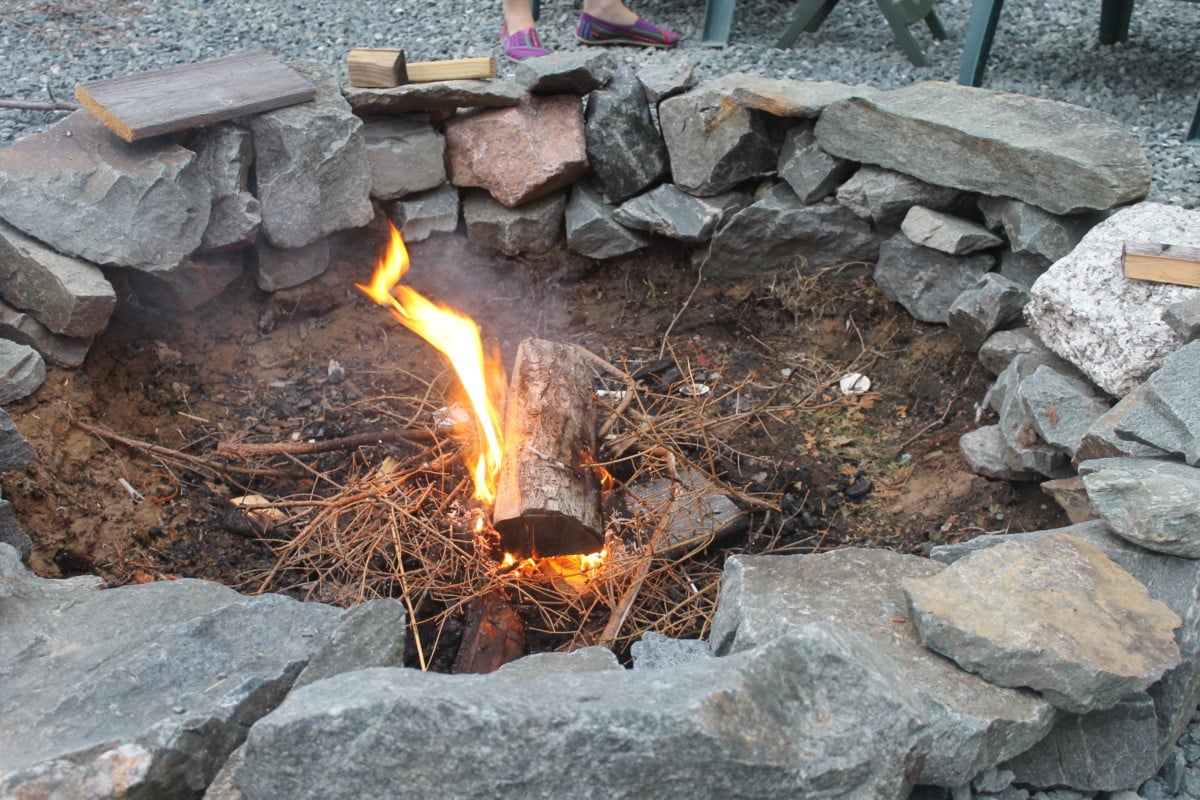
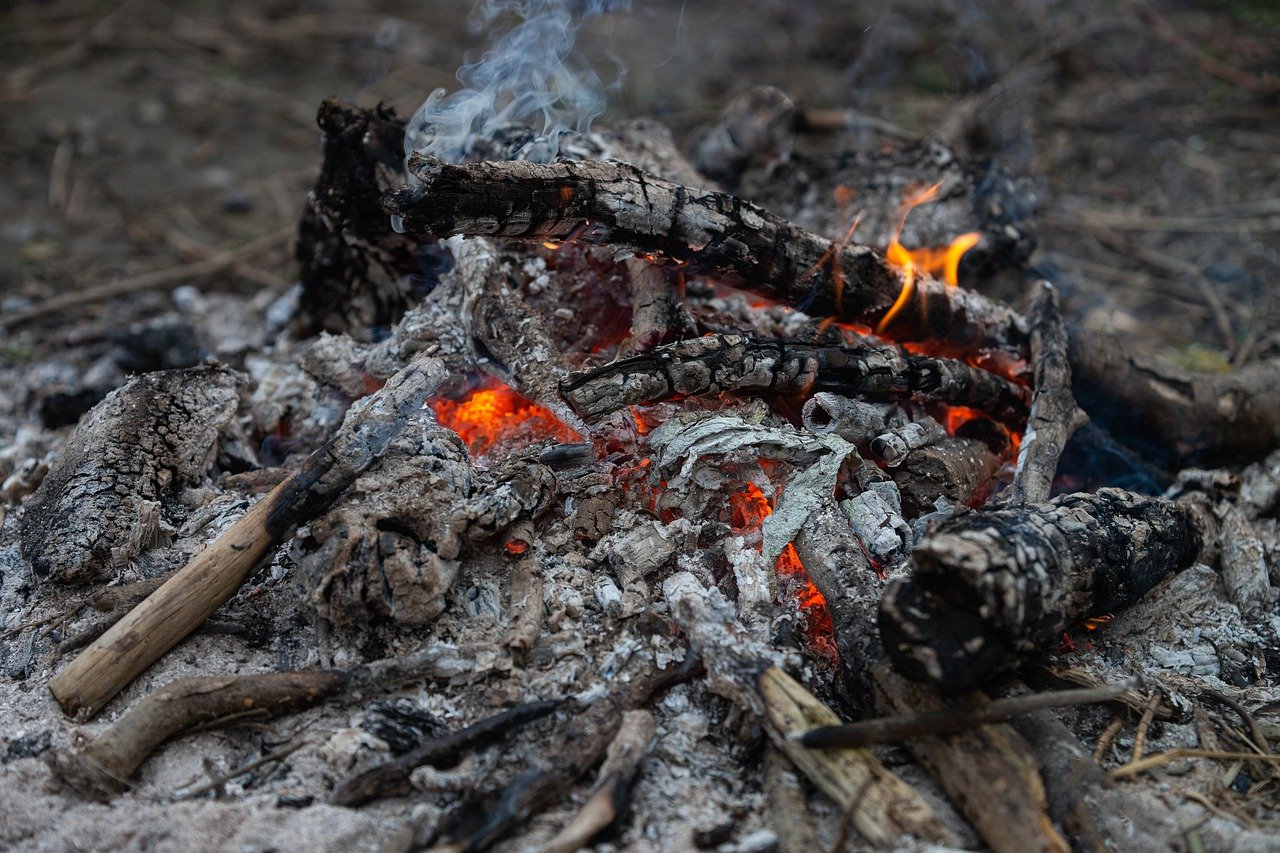
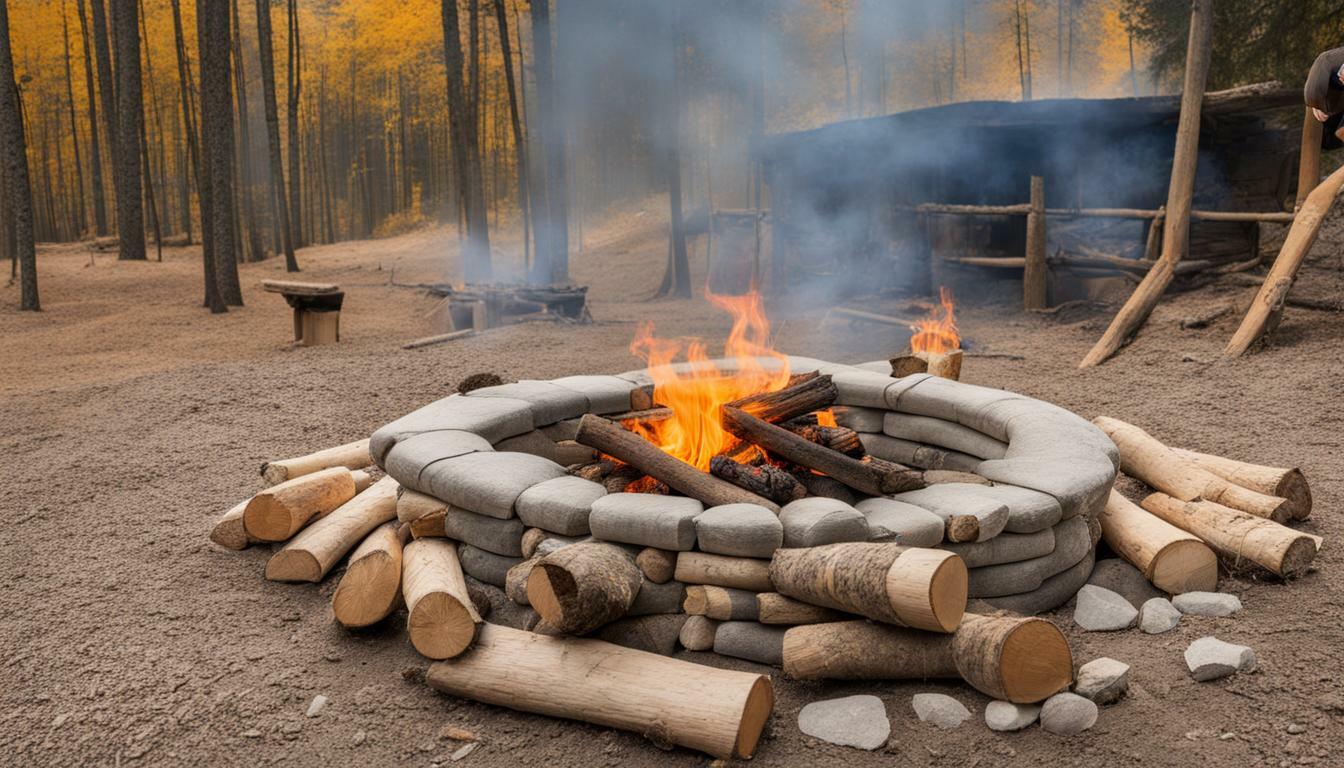
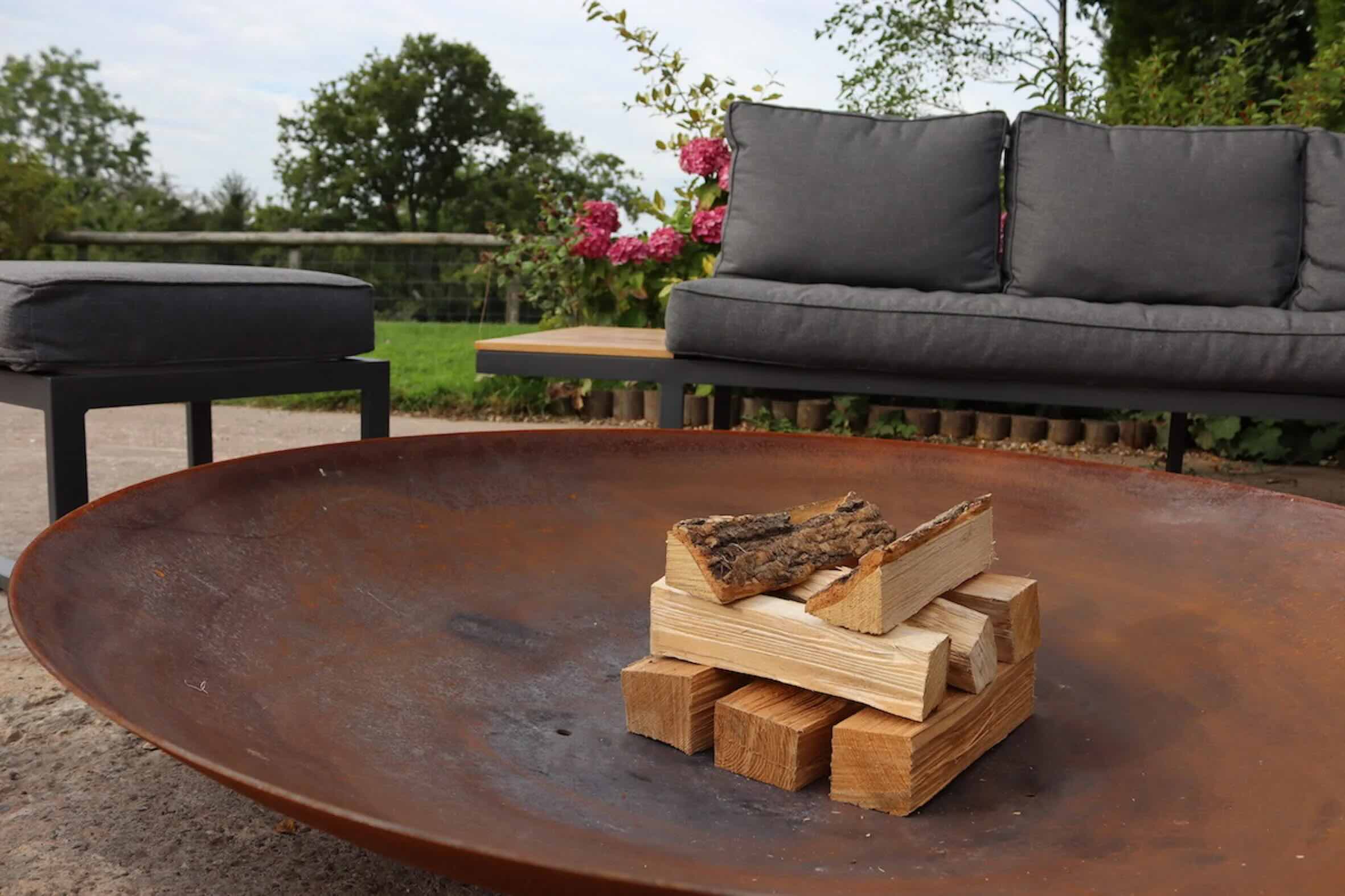

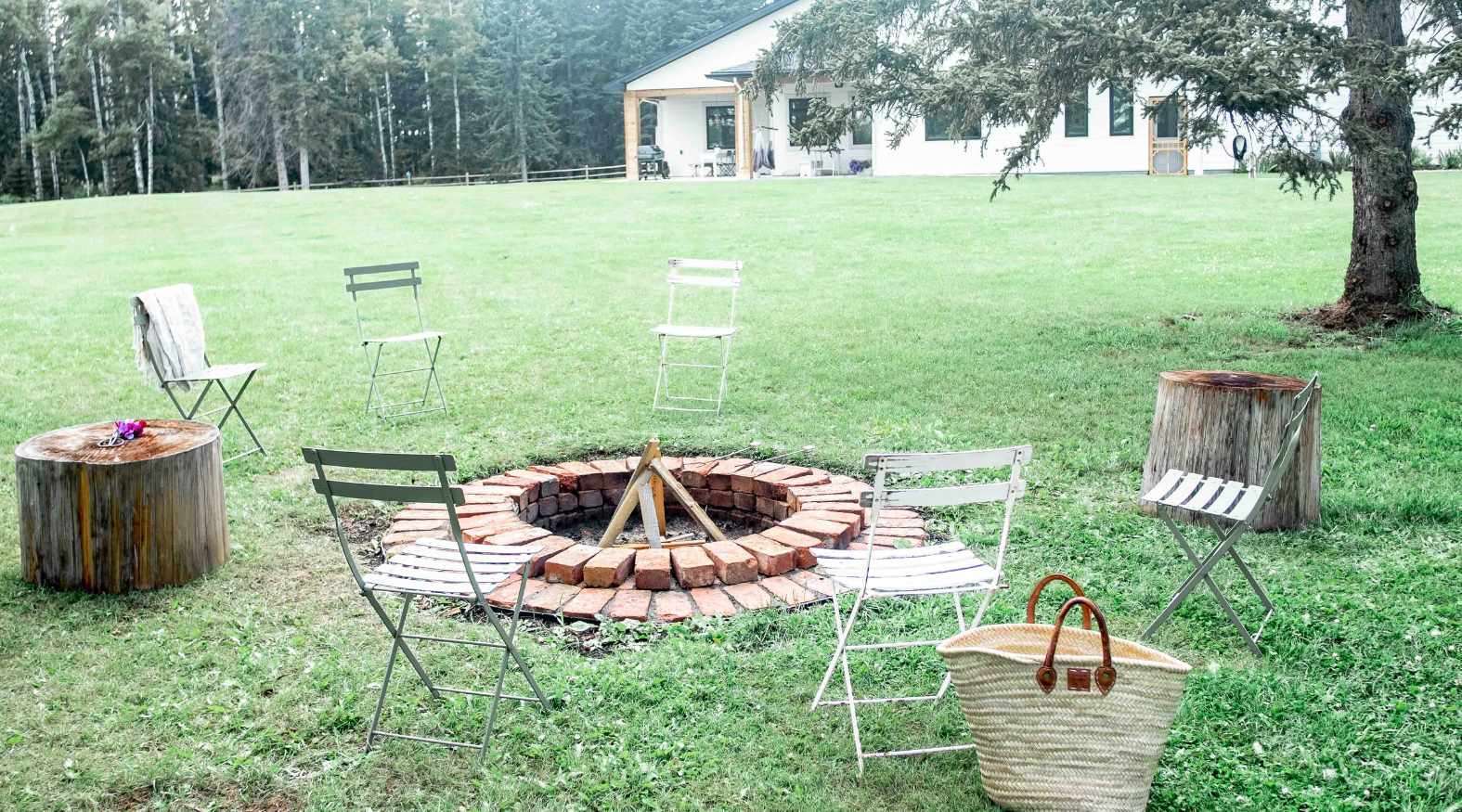



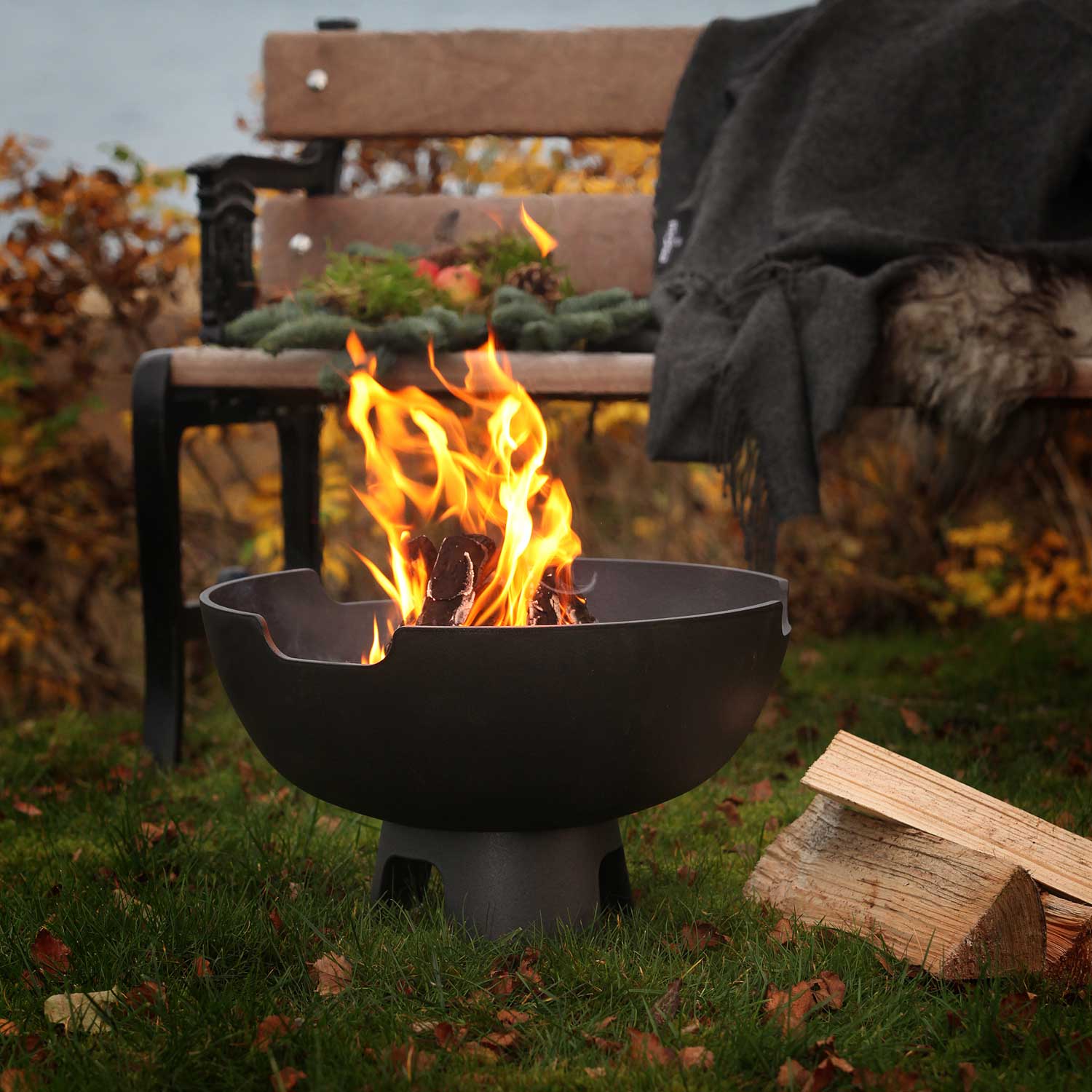

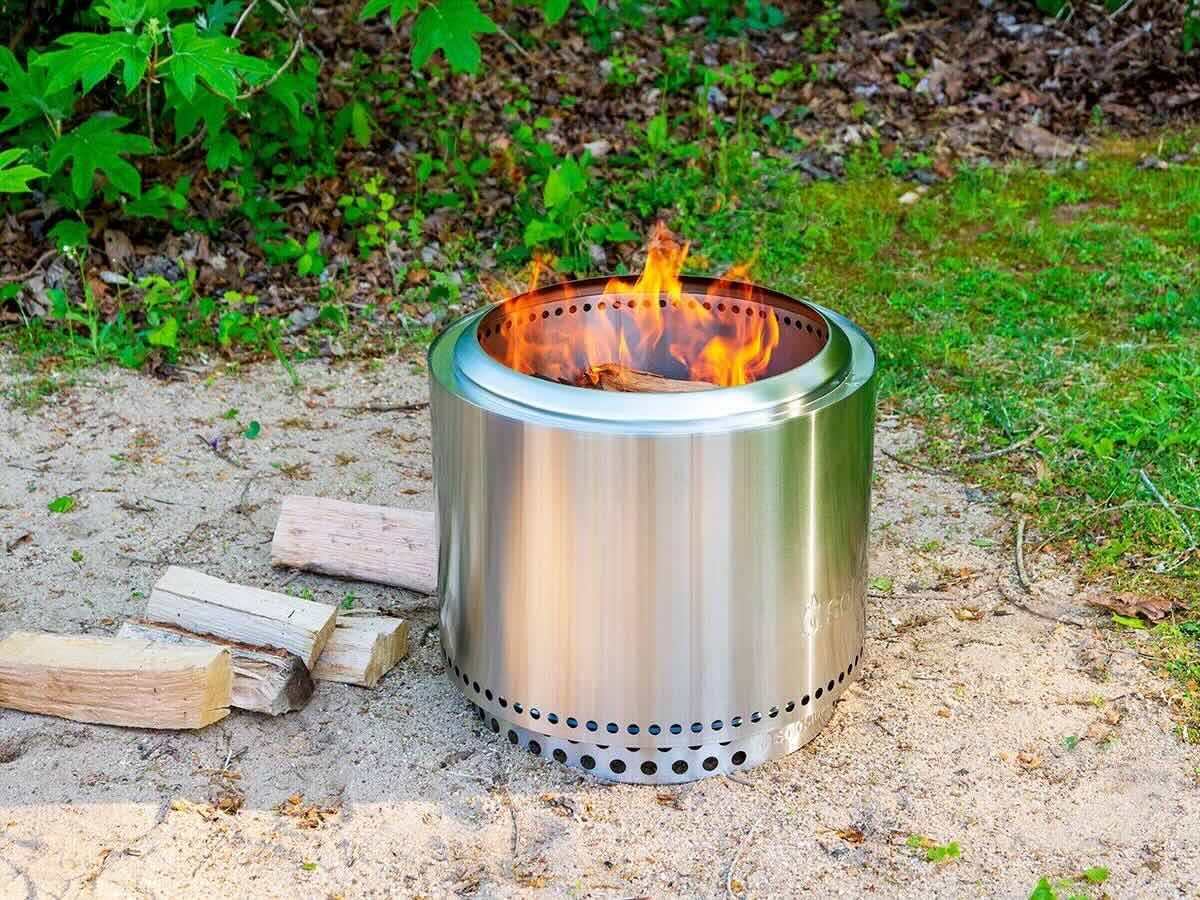
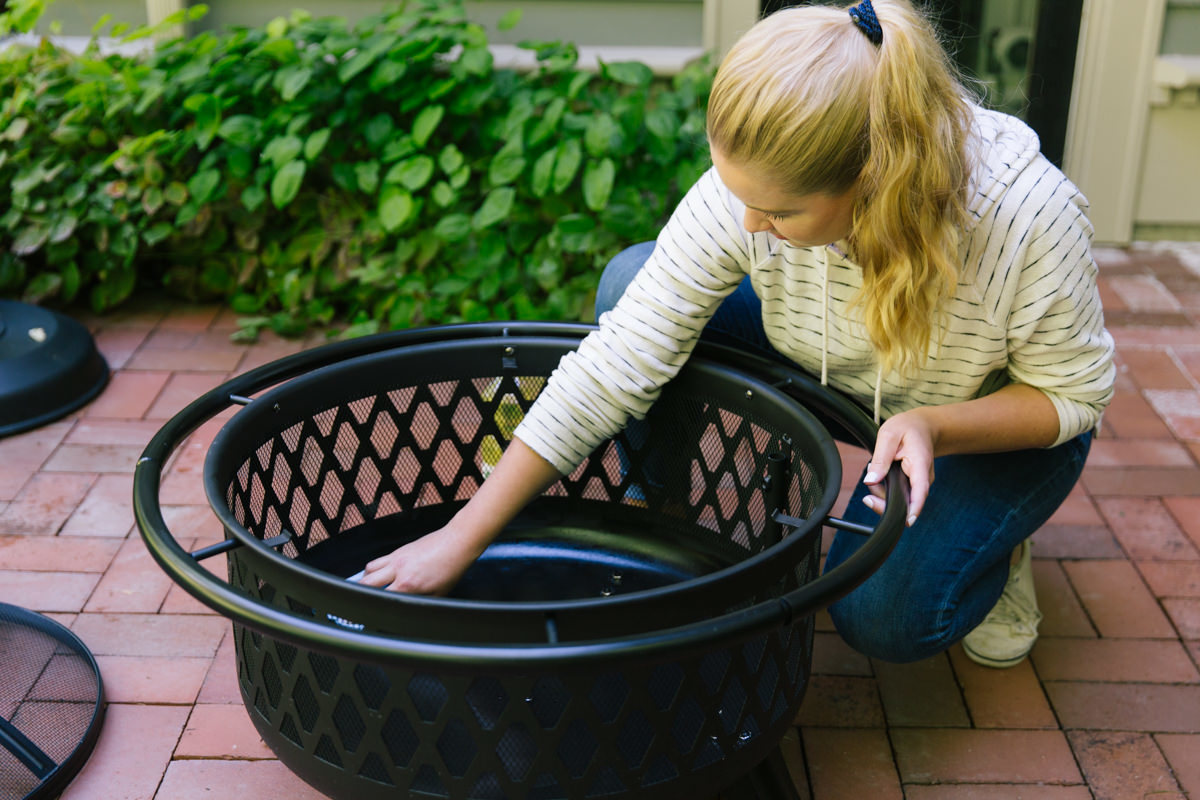



0 thoughts on “What Do You Do With Ashes From A Fire Pit”